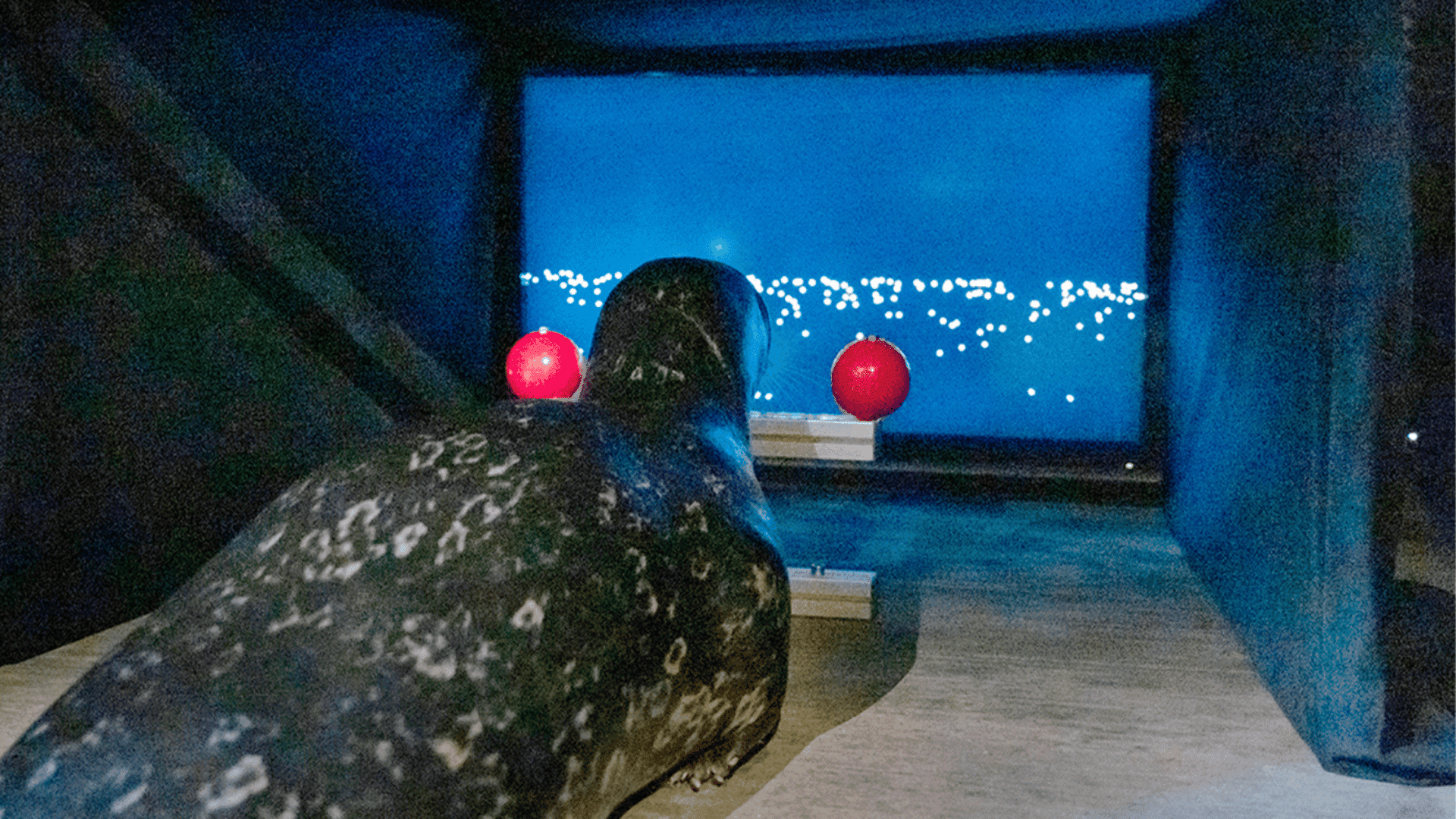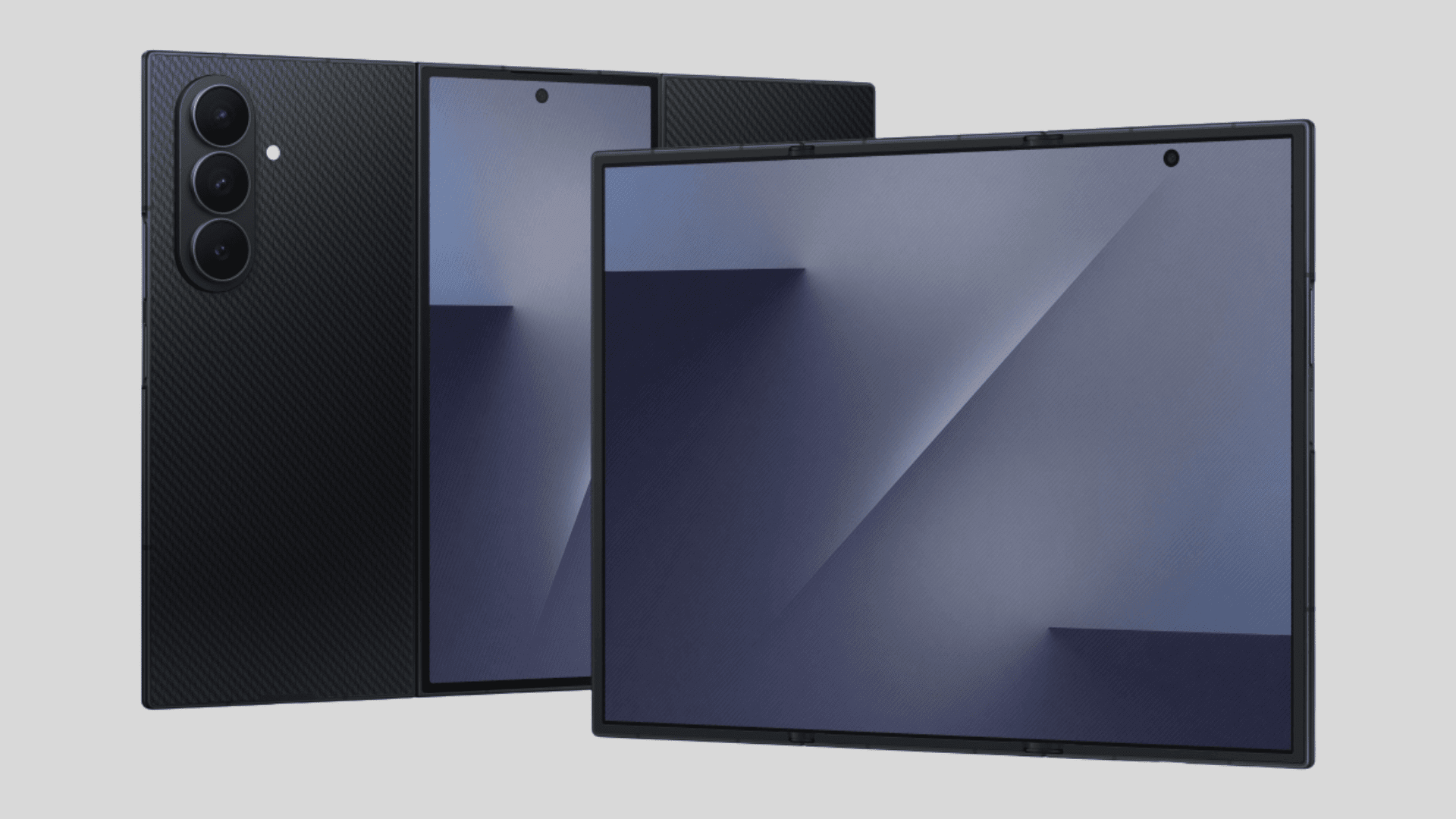How do seals navigate through cloudy coastal waters? Researchers may have just found the answer. New research involving a simulated swim video game found that particles in cloudy water move across the back of the seal’s eye to tell them which way they’re moving.
Game-Changing Seal Discovery

Harbor seals, found along the eastern and western coasts of the U.S., must navigate through crowded and foggy waters to survive. This led researchers to ask the question: How do these seals find their way?
“We wanted to know whether harbour seals can determine their heading from optic flow fields – the pattern of motion on the retina generated as a seal moves past visible objects, including particles in the water, in their surroundings,” Frederike Hanke, a study co-author and neuroethologist at the University of Rostock in Germany, said in a statement.
To answer this question, Hanke and the research team set up what was essentially an arcade for seals with a gaming challenge.
According to Popular Science, the researchers showed three distinct computer simulations to three seals. The first one simulated moving through open sea, with dots streaming toward the viewer out of the screen. The second involved a plane of dots rushing towards the viewer, which was meant to simulate the seabed passing below. Finally, the third simulated the surface of the sea flowing above the viewer’s head with a different series of dots.
The three seals, Nick, Luca, and Miro, were trained to sit in front of the screens and indicate which side they were moving toward (left or right) by touching a red ball on either side. As a reward, they were given sprats.
Once the seals were used to the game, the research team began to track the animals’ choices. The simulations showed that the seal was heading in a direction that was 22, 18, 14, 10, 6, or 2 degrees to the left, or in similar positions to the right. The team then recorded the animals’ successes and mistakes, as the seals indicated which direction they believed they were travelling in.
“These are living animals, not robots,” said Hanke in the statement. “Errors are most likely due to inattentiveness or sometimes a drop in motivation.”
While recording the seals’ successes, the team noticed the animals were determining which direction they were moving based on the dots streaming in their view. This is similar to how particles would look if the seals were really swimming.
Even in the murky water, it appears seals can navigate based on the motion of particles and objects in the water moving past them. The team hopes that, with further study, they may be able to determine whether the animals are able to use this effect to also determine their journey length.







